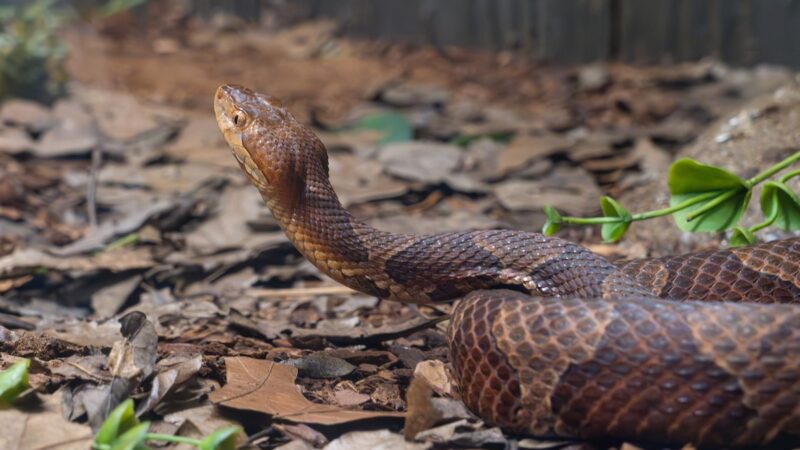The Best Hunting Jackets of 2024, Chosen by the Editors
We may earn revenue from the products available on this page and participate in affiliate programs. Learn More ›
A quality hunting jacket is more than just a camouflaged outer layer. The pillar of your gear system, your jacket protects you from wind and rain. It’s critical for keeping you warm, and provides pockets for extra storage and to thaw frosty fingers. The best hunting jackets will help keep you comfortable and in the field longer, whether putting in long hours in a frigid treestand, hiking through alpine meadows in search of bugling bulls, or trekking through soggy marshlands.
Thankfully, there are plenty of hunting jackets to choose from, with specialized designs for every pursuit, climate, and hunting style. The staff here at Outdoor Life pooled our collective experience to assemble what we consider the ultimate buyer’s guide for hunting jackets for every season.
- Best Overall: Kuiu Guide DCS Jacket
- Best Budget: Magellan Mesa 2.0 Softshell
- Best Puffy Jacket: Stone Glacier Grumman
- Best Light: Sitka Ambient
- Best Heavy Duty Rain Jacket: Grundens Neptune Jacket
- Best Breathable Rain Jacket: Forloh AllClima Rain Jacket
- Best Upland: Sitka Jetstream
- Best Late Season Whitetail: Sitka Fanatic
- Best Shell for Duck Hunting: Kuiu HD Flex Storm Shell
- Best Soft Shell: Kuiu Guide Pro
- Best Hoodie: Sitka Fanatic Hoody
- Best Vest: Forloh Merino High Loft
How We Chose the Best Hunting Jackets
The OL staff has hunted everything from Alaskan moose to Australian ducks. Collectively, we’ve spent thousands of hours in the field and hiked thousands of miles in pursuit of wild game. And we’ve done it while wearing hundreds of different hunting jackets.
Because we have such a wide range of interests and experiences, we chose the best hunting jackets as a panel. Each of these jackets is on the market today. Some are old favorites that have proven their worth over multiple seasons. Others are new treasures that have only recently earned our infatuation.
We chose these jackets not because of flashy marketing, generic customer reviews, or exciting product descriptions. Each model has earned our trust in the field while we toted bows, rifles, or scatterguns.
Best Hunting Jackets: Reviews & Recommendations
Best Overall: Kuiu Guide DCS Jacket
Pros
- Versatile
- Durable
- Excellent value
- Water and wind-resistant
Cons
- Not built for extreme cold and wet
Key Features
- Dual chest and shoulder pockets
- Zippered pit vents
- Adjustable hood
- Comes in seven colors (three camo, four solids)
- Price: $249
I think this is probably the best basic technical hunting jacket on the market. It does everything well, and in some things, it does great. For the variable conditions encountered in mid-season hunting, it can’t be beat and it does a decent job in deep cold and in the heat.
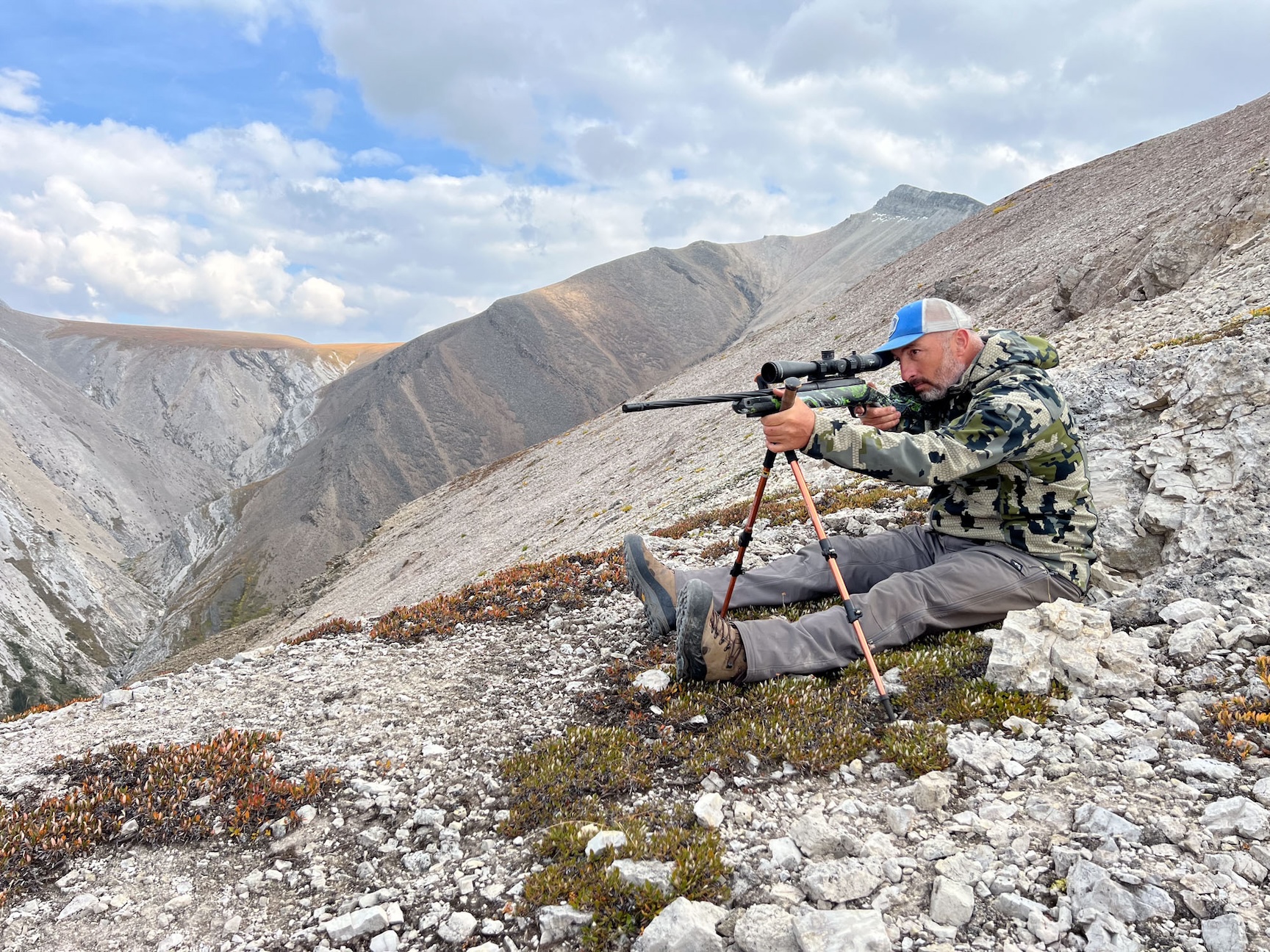
It is lined with a micro-fleece that provides good warmth and handles sweat well. The pit zips and pockets on the jacket are smartly positioned and easy to operate with one hand. Since the pockets have a mesh interior, they can be used to promote ventilation when you need to bleed off extra heat while climbing.
One of the real highlights of this jacket is its length. It comes down just enough over the butt to provide a bit of extra protection.
The Guide jacket layers well with other pieces. The interior fabric doesn’t get caught up with other textiles when putting it on or taking it off. It can also accommodate substantially sized puffies and other insulating layers to boost warmth. It works especially well with Kuiu’s Kenai Hooded Jacket.
The Guide is also incredibly durable. I’ve beat the hell out of mine, and it has held up like a champ. That includes stalking through thorns and mesquite in Texas and Mexico chasing winter whitetails.
One thing to note is you might consider trying the next size up if you feel your physique is on the borderline between sizes. I went with the XXL with this piece, and that was definitely the right call for me. —John B. Snow, shooting editor
Best Budget: Magellan Mesa 2.0 Softshell
Pros
- Super affordable
- Available in a variety of solids and camo patterns
- Plenty of pockets
- Ideal for mild to moderate weather
Cons
- Sizes run small
Key Features
- Wind and water-resistant
- Zippered underarm vents
- Adjustable cuffs
- Articulated shoulders and elbows
- Safety harness pass-through
- Price: $70
For a hunting jacket that won’t even cost a full Ben Franklin, Magellan’s Mesa 2.0 is one seriously good deal. The Magellan outdoor clothing line-up caters to working-class, everyday outdoorsmen. This is a super-practical, no-frills hunting jacket with a budget-friendly price tag, but it definitely isn’t “cheap.” It is plenty durable for the cost and has all the standard features you would want in a hunting jacket, including a safety harness pass-through, heavy-duty zippers, adjustable cuffs, and plenty of pockets.
I’ve worn this one on several deer hunts, and it stands up pretty well against the thick, brambly bottoms I frequent during hunting season. It also does a great job of cutting wind, but the exterior can make noise, especially when I’m sitting against a rough-barked pine tree.
The Mesa 2.0 has articulated shoulders and elbows to provide a wide range of motion for climbing a treestand or drawing a bow, but the sizes run a little snug. I highly recommend sizing up, especially if you plan to layer in colder weather. —Alice Jones Webb, staff writer
Best Puffy Jacket: Stone Glacier Grumman
Pros
- Incredible warmth-to-weight ratio
- Stuffs down without bunching and losing warmth
- Water-resistant
Cons
- Not ideal as an outer layer
Key Features
- 15 denier Pertex Quantum shell
- 850+ fill power goose down
- Articulated hood
- 5.3 ounces of insulation
- Stuff sack included
- Stuffs down to 8 x 4 x 3.5 inches
I wore the Grumman jacket (and the Grumman pants) on a late-season elk hunt in Montana, where temps dipped into the teens, and we saw consistent 20 mph winds. Impressively, while wearing the Grumman under my outer shell, I never got chilled, even when sitting still and glassing for hours on end. What is so remarkable about this jacket is that it’s both light (only 11.8 ounces) and incredibly warm.
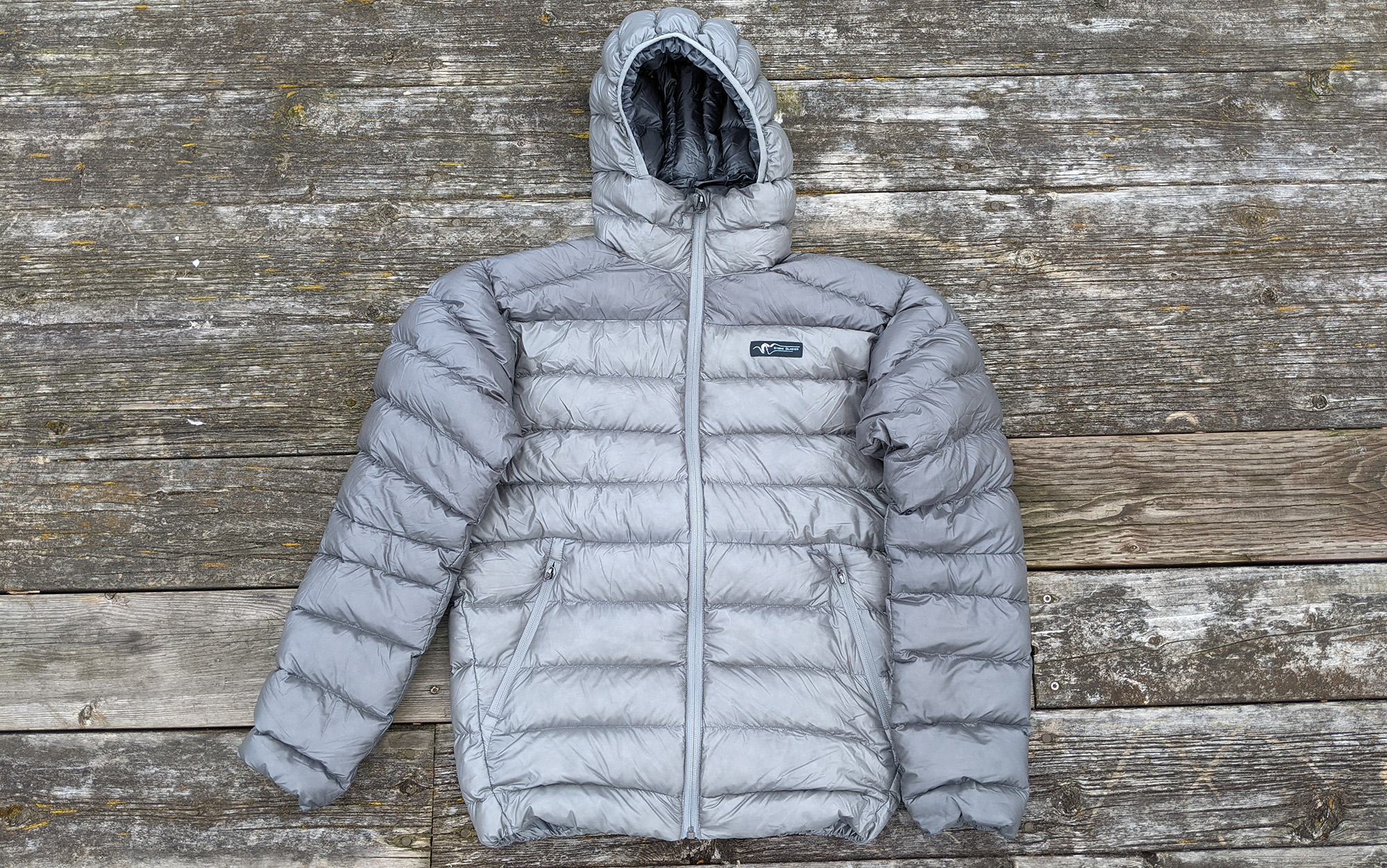
In our evaluation of the best puffy coats, staff writer Laura Lancaster picked the Grumman as the best puffy coat on the market. I think every cold-weather backcountry hunter should have one of these jackets in their pack, but the Grumman is also ideal for late-season deer hunters or waterfowl hunters taking on frigid conditions.
The only thing you have to be cautious about is not letting thorns or brush slash this jacket, as, like all puffy coats, it’s relatively easy to damage. Just wear it beneath a solid shell jacket (or in your sleeping bag on a sub-zero night), and you’ll be good to go. —Alex Robinson, editor-in-chief
Best Light: Sitka Ambient
Pros
- Quiet
- Packable
- Good mid-layer in temps below 40 degrees
- Excellent active jacket in temps between 40 and 60 degrees
Cons
- Not ideal for wet conditions
Key Features
- Total Weight: 18 ounces
- Women’s sizing available
- 20D ripstop nylon fabric
- 150 grams post-consumer recycled PrimaLoft Evolve active insulation
- Water repellent finish
- Zippered hand and chest pockets
- Also available in 75 and 200 weight insulation
- Price: $299
I had mixed feelings about the Ambient when it was first released, mostly due to its price and what I thought would be limited use cases. After wearing it while hunting deer, bear, elk, turkeys, and pigs in Virginia, Texas, Indiana, Nebraska, and British Columbia, the Ambient Jacket has become a staple in my layering system.
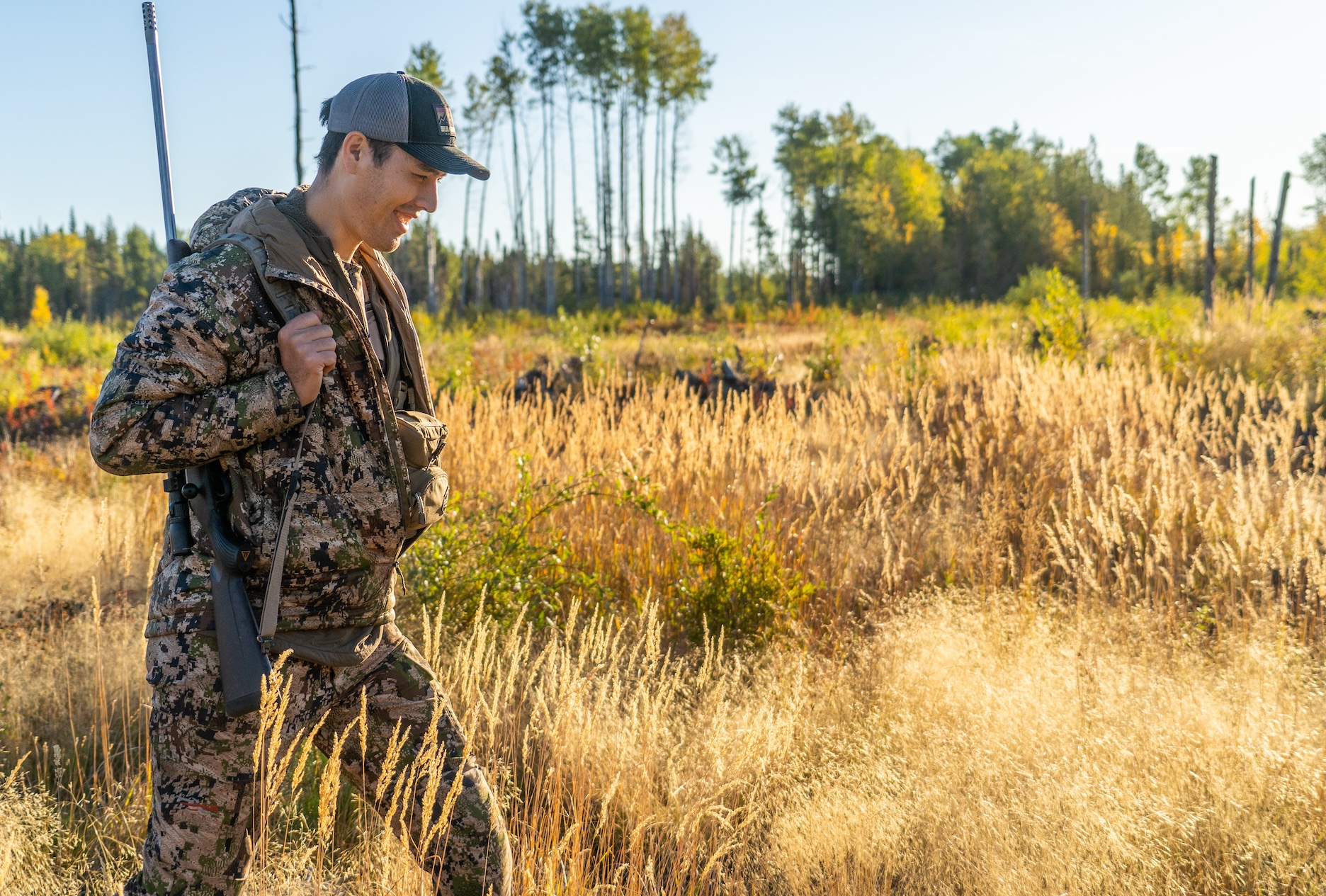
Its adaptability is why it rarely stays home. Let’s say I’m bowhunting, and it’s 50 degrees in the morning. I’ll wear the Ambient as I leave the house, as I’m hanging my sticks, and as I sit in my saddle. The insulation’s breathability means that I won’t get sweaty even if I’m walking a few miles. When the sun warms up the air to the mid-60s, usually about when I’ll be climbing down, the Ambient packs up small for the hike back. Later in the season, I’ll use it as a mid-layer under a First Lite Core Jacket or Sitka Fanatic Jacket. Then I can peel my top layer off when I’m active and still have a good buffer against temps in the 20s and 30s. —Scott Einsmann, gear editor
Read Next: Sitka Women’s Ambient Review
Best Heavy Duty Rain Jacket: Grundens Neptune Jacket
Pros
- Actually waterproof, will not soak through
- Durable and easy to repair
- Comfortable cut doesn’t impede movement
- Reasonably light
Cons
- Cut isn’t as refined as many breathable jackets
- More difficult to regulate temperature during strenuous activity
Key Features
- Stretchy polyurethane-covered polyester shell
- Adjustable hood and high collar
- Exterior and interior pockets
- Adjustable hem
One of the best all-around non-breathable rain jackets is the Grundens Neptune. It’s a blend of hardcore commercial fishing and everyday use DNA, with a stretchy polyurethane-coated shell. There aren’t a lot of frills to the Grundens Neptune jacket, but it’s lightweight and 100 percent waterproof. Where breathable fabrics (like Gore-Tex) will eventually fall short and soak through, the impermeable shell of the Neptune will keep shedding water no matter how hard it rains. It has an adjustable hood and is adjustable for hem length, with hook-and-loop-adjustable cuffs. The hood can be battened down tightly over your head, and with the high collar, it will keep the nastiest weather out.
I’ve been using the same Neptune jacket for hunting here in Alaska for more than five years, and unlike some other non-breathable jackets, the coating has held up very well. Some PVC or polyurethane coatings can become brittle or develop pinholes from constant stretching over time. I haven’t seen that issue with this jacket. The Neptune fabric is reasonably packable and holds up well when walking through brush. In the event of a puncture or tear, the fabric is easily fixed with tape or repair patches.
Like other non-breathable jackets, the Neptune gets hot when you’re hiking or moving a lot and requires more attention to layering and temperature regulation. The cut is also more suited to wearing over other clothes than the streamlined athletic cut that many breathable jackets offer. That being said, if you need a packable jacket that won’t fail you under the most brutal conditions, this is the jacket you need. —Tyler Freel, staff writer
Best Breathable Rain Jacket: Forloh AllClima Rain Jacket
Pros
- Quiet for a rain jacket
- Plenty of waterproof pockets
- Adjustable bonded-brim hood
- Lightweight and packable
- Available in women’s sizes
Cons
- Heavy
Key Features
- Airadigm Pulse Plasma provides breathable, waterproof protection
- Welded, seamless pockets
- YKK Aquaguard water-resistant reverse coil zippers
- Zippered underarm vents and back flap
- Equipped with RECCO searchable technology
- 100 percent made in the U.S.
- Price: $379
Despite the AllClima’s excellent water-repellancy, it doesn’t really feel like a stereotypical rain jacket. It is relatively soft to the touch and surprisingly quiet and breathable. It has kept me dry through several sudden afternoon thunderstorms. However, unlike heavy-duty rain gear, I’ve been able to wear it in everything from steady drizzles to heavy downpours without feeling like I’m wearing a drum set. In other words, it’s quiet enough to keep on hunting, even when it’s pouring.
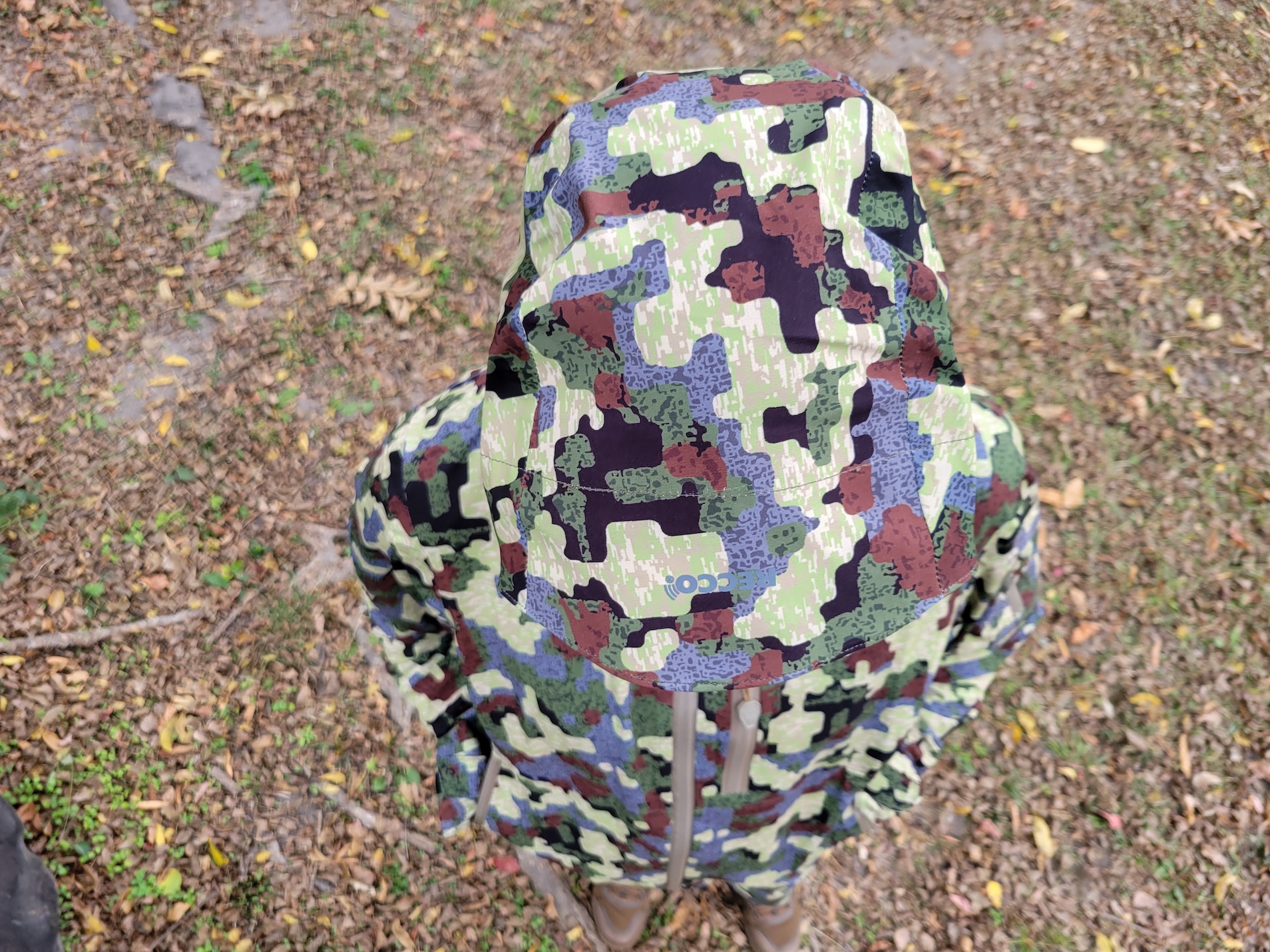
It is relatively lightweight, and although I wouldn’t want to haul all 24 ounces over miles of rough terrain, it rolls up into a compact package that doesn’t take up a ton of real estate in my day pack, making it perfect as a just-in-case option on an all-day treestand sit.
Forloh outfitted the rain jacket with Recco reflectors. These small electronic transponders make the jacket searchable to professional rescuers with RECCO directional radar emitters. While it’s a feature I hope I never have to use, it adds some peace of mind to my family back home when my hunts take me off-grid. — Alice Jones Webb, staff writer
Best Upland: Sitka Jetstream
Pros
- Versatile for other hunting conditions
- Durable
- Excellent mobility
- Water-resistant and windproof
Cons
- Pricy
Key Features
- Gore windstopper
- DWR finish
- Zippered hand and chest pockets
- Zippered pit vents
- Adjustable hood
- Comes in 11 colors (three blaze orange, three solids, and five camo)
- Available in men’s and women’s fits
- Price: $349
Chasing pheasants usually makes me sweaty enough that I don’t wear an upland hunting jacket. When the weather turns, however, it’s always the Sitka Jetstream. The softshell strikes the perfect balance between mobility and protection from nasty late-season conditions. It’s windproof (essential on the prairie) with a DWR finish that keeps you dry in light snow and rain while staying reasonably quiet. The adjustable hood fits seamlessly over a hat and cinches to ensure clear peripheral vision. The Jetstream is also fairly durable, with no sign of abrasion over years of hard use.
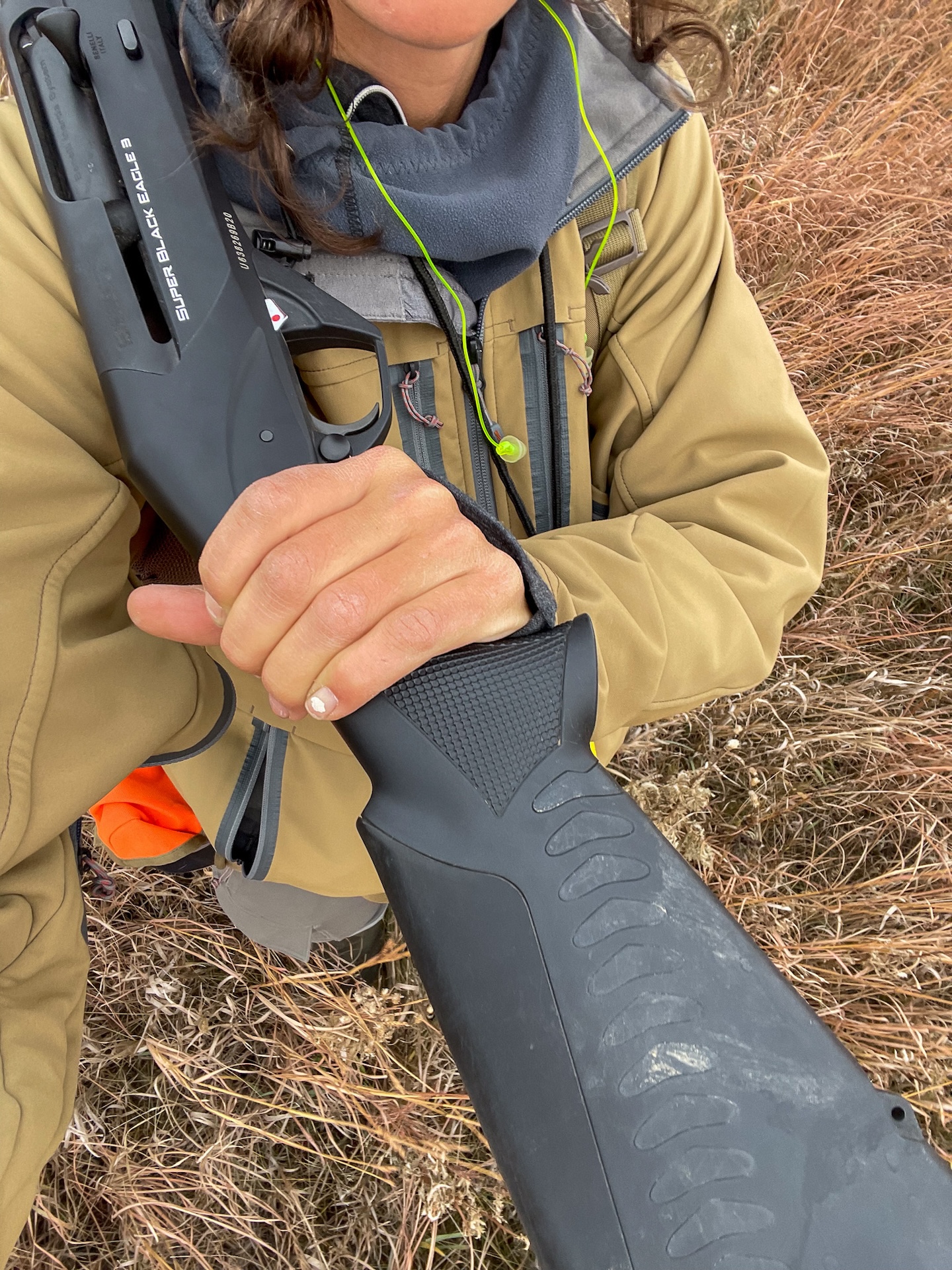
The fabric itself is relatively thin and low-profile, with micro-grid fleece lining and no awkward bunching to interfere with your gun mount. The shell has a touch of spandex in the fabric, which prevents the shell from restricting your movement, and I regularly use the pit zips to regulate my temperature.
The downside to the Jetstream is its price, though its versatility helps ease some of the sting. The solid colors are suitable for everyday and big-game hunting, and Sitka just released blaze-orange options, which are perfect for firearm seasons in addition to upland hunting. I prefer the women’s cut (though it’s available in fewer colors) and have found the Jetstream generally fits true to size. —Natalie Krebs, executive editor
Best Late Season Whitetail: Sitka Fanatic
Pros
- Ultra-quiet
- Windproof
- Plenty of insulation to keep you warm
- Mapped fabric minimizes bulk in key areas
Cons
- Somewhat bulky
- Heavy
- Expensive
Key Features
- Sound-suppressing fleece
- Gore-Tex windstopper liner
- PrimaLoft Silver Hi-Loft Ultra insulation
- Safety harness port
- Hand muff
- Low-profile rangefinder pocket
- Price: $469
When I first laid eyes on Sitka’s Fanatic jacket, I was skeptical. It’s undoubtedly heavy and looks bulky enough to make me feel like the Michelin Man in camo. However, I became an instant fan once I wore this thing into the late-season whitetail woods. Even when the mercury plummeted, and icy wind gusts made my face hurt, this jacket kept me warm enough to weather through frigid all-day sits.
Yes, it’s bulky. It also weighs in at over 2 ½ pounds. You definitely won’t be stuffing this thing in a daypack. However, Sitka designed the Fanatic by mapping the body and strategically placing the insulation in critical areas to reduce bulk in places where it would get in the way. So although this one feels thick, unlike other big, beefy hunting jackets, the bulk doesn’t hinder movement and, most importantly, doesn’t prevent me from smoothly drawing my bow.
Like most of Sitka’s gear, the Fanatic jacket is jam-packed with cool high-end features, including a low-profile chest pocket to stow my rangefinder and an integrated holder for my grunt tube. The jacket has a pass-through port for a treestand safety harness, but Sitka went one step further by adding a quick-snap release so I don’t have to completely disconnect from the tree to put the jacket on or take it off.
Sitka chose to use a unique diagonal zip design. It took some getting used to, but the design allowed Sitka to add my favorite feature — a pass-through, fleece-lined hand muff with a sewn-in slot for a hand warmer. This is absolute heaven. On frostier hunts, when my fingers start to turn numb, I can stuff my hands in the muff to get them thawed out. — Alice Jones Webb, staff writer
Best Shell for Duck Hunting: Kuiu HD Flex Storm Shell
Pros
- Extremely wind and waterproof
- Versatile for a variety of cold weather conditions
- Variety of useful pockets
Cons
- Fit is a bit baggy
Key Features
- Valo or solid ash
- Toray four-layer Waterproof fabric
- Polyurethane coating
- Fully seam taped
- Watertight neoprene cuffs
- Cargo pockets with magnetic snap closure and drainage holes
- Pit zips for ventilation
I prefer a shell for duck hunting because it offers more versatility throughout the season. You can wear a good shell when it’s 50 degrees and raining or when it’s 20 degrees and blowing snow. Kuiu’s HD Flex Storm Shell is the best I’ve worn. I should point out that “Flex” is a bit of a misnomer, as the jacket is actually quite stiff. This doesn’t make it the most comfortable while sitting in a blind, but that’s a tradeoff I’ll happily take for the weather-proofness that this jacket offers. No amount of wind, rain, or snow bothered me while duck hunting in the Storm Shell.
The front breast pockets have a plush lining for keeping your hands warm. The cargo pockets are held closed by magnets. The other two front pockets are roomy and zip shut with waterproof zippers. There’s also an internal pocket for keeping precious items dry.
The collar rides extra high when zipped to the top, which is nice when you’re hiding from the wind while ripping down a frigid river in a boat, but it’s also useful for hiding your face from circling mallards.
The jacket cuffs keep out the elements with velcro straps and neoprene lining. The hood is form-fitting and adjustable with draw cords.
The only ding I have on this jacket is that it runs a bit big for sizing, at least for my build. I’m 6 feet, 2 inches and weigh 180 pounds, and the large size was a bit baggy on me. It will fit better for huskier duck hunters. Other than that, Kuiu has made what I consider to be an ideal duck hunting jacket for hunting in brutal conditions. There are certainly warmer duck hunting jackets on the market, but if you layer under this jacket properly, you’ll be comfortable in any conditions, from light rain to sub-zero cold. —Alex Robinson, editor-in-chief
Best Soft Shell: Kuiu Guide Pro
Pros
- Quiet
- Lightweight design
- Great for windy days
- Ultra-soft interior
Cons
- Not ideal for wet conditions
Key Features
- Weighs 22 ounces
- Adjustable hem, cuffs, and hood
- K-DWR water-repellent coating
- Microfleece interior
- Wind-resistant bonding
- Zippered pit vents
- Price: $279
I first wore this jacket on an October pronghorn hunt in eastern Colorado, where wide open spaces can make for some seriously windy conditions. I was genuinely surprised by how well this lightweight soft shell cut the wind. Nothing gets through this thing, and the high collar chin guard helped keep my neck and face warm, even when I opted to forego the hood.
I loved this jacket so much in the Centennial State that I decided to see how it fared back East. I put it to good use through the North Carolina deer season. The Guide Pro is great for cold, windy mornings in a tree stand. It layers up comfortably for colder hunts yet doesn’t leave me drenched in sweat on warmer afternoons. I also love the zippered pits, which are a great way to cool down fast during periods of exertion, such as climbing a steep ridge or dragging a deer out of a river bottom.
The Guide Pro is water-repellent enough to keep you dry in a light rain. However, this one isn’t intended to replace your rain gear. Anything heavier than a drizzle will get you pretty wet. — Alice Jones Webb, staff writer
Best Hoodie: Sitka Fanatic Hoody
Pros
- Durable
- Made from lightweight, quiet material
- Incredibly comfortable
- Makes a great mid layer
Cons
- Pricey
Key Features
- Heavyweight comfort stretch fleece
- Polygiene odor-control technology
- Flip-over hand mitts
- Built-in, breathable face mask
- Kangaroo pocket
- Price: $179
This is hands-down my all-time favorite piece of hunting clothing. The Fanatic Hoody is ultra-comfortable and super versatile. It can pull double duty as a mid layer in super cold weather and an outer layer on days with milder temps. It is easily my most-used piece of gear and sees constant action from spring turkey season through whitetail season and into late January’s duck season.
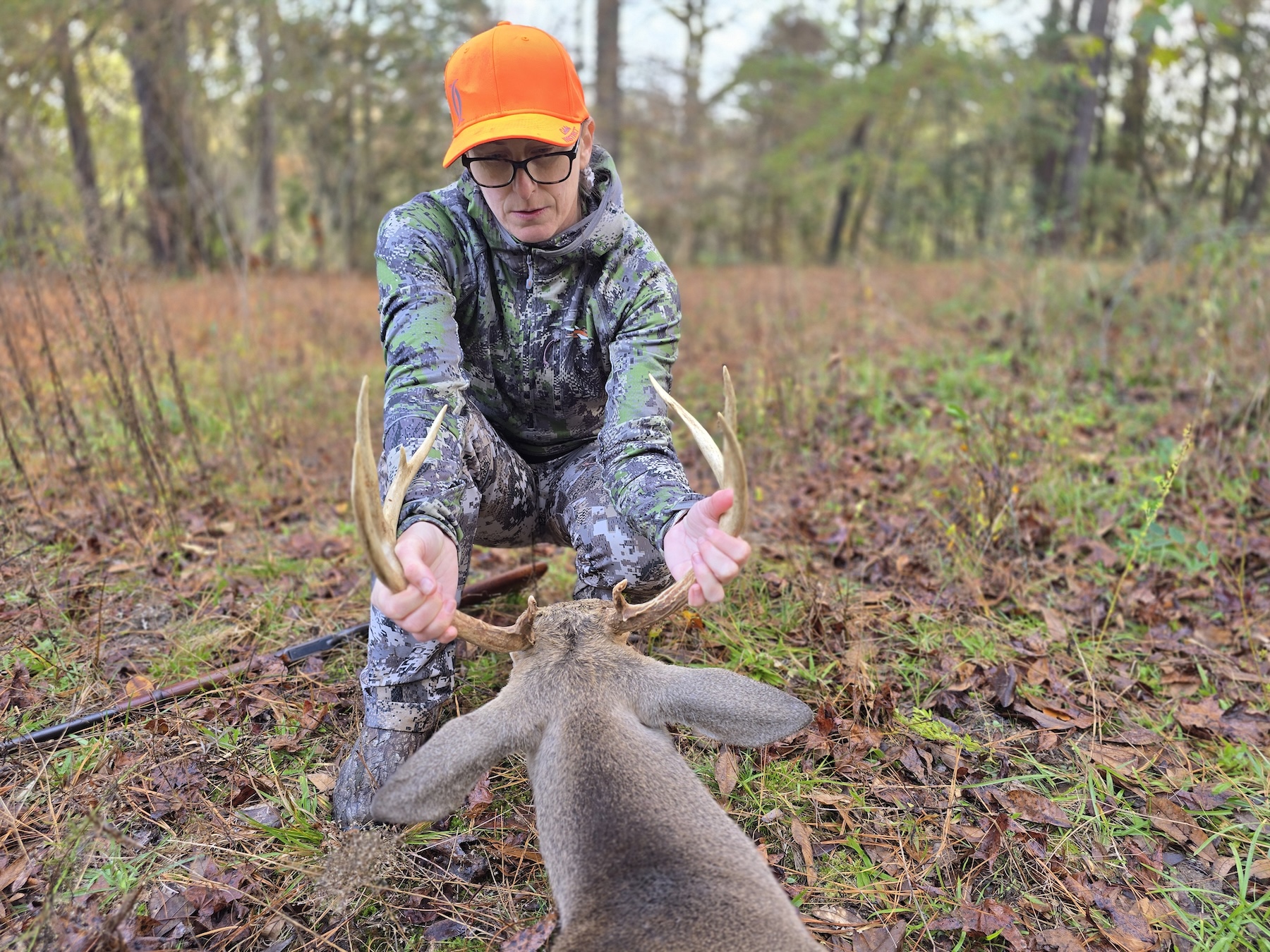
Made from body-mapped grid and micro-grid fleeces, the Fanatic Hoody is designed to regulate body temperature, whether sitting still in a treestand watching for whitetails or actively running and gunning for big gobblers. It also has odor control built into the fabric, which means I can wear it for multiple days in a row without having to throw it in the laundry.
Even when I’m not hunting, I live in a hoodie. But the Fanatic Hoody is far from a basic hooded sweatshirt. As usual, Sitka pays serious attention to details, and the Fanatic is loaded with features. I love the extra-long sleeves, and the flip-over hand mitts are a godsend because I hate wearing gloves. The integrated face mask is also one of my favorite features. It’s made of breathable material, which means it keeps my face hidden and warm without making me feel like I’m going to suffocate. — Alice Jones Webb, staff writer
Best Vest: Forloh Merino High Loft
Pros
- Warm
- Quiet
- Comfortable
Cons
- Weighs as much as some packable down jackets
Key Features
- Made in USA
- Scent-reducing and anti-microbial liner
- Large weighs 1 pound 1 ounce
- Exterior: 100 percent nylon
- Interior: Recycled polyester
- Insulation: FORLOH merino Hi-Loft wool batten insulation at 4 ounces per square yard
- Hand wash
- Lifetime warranty of any manufacturing defects
- Price: $199
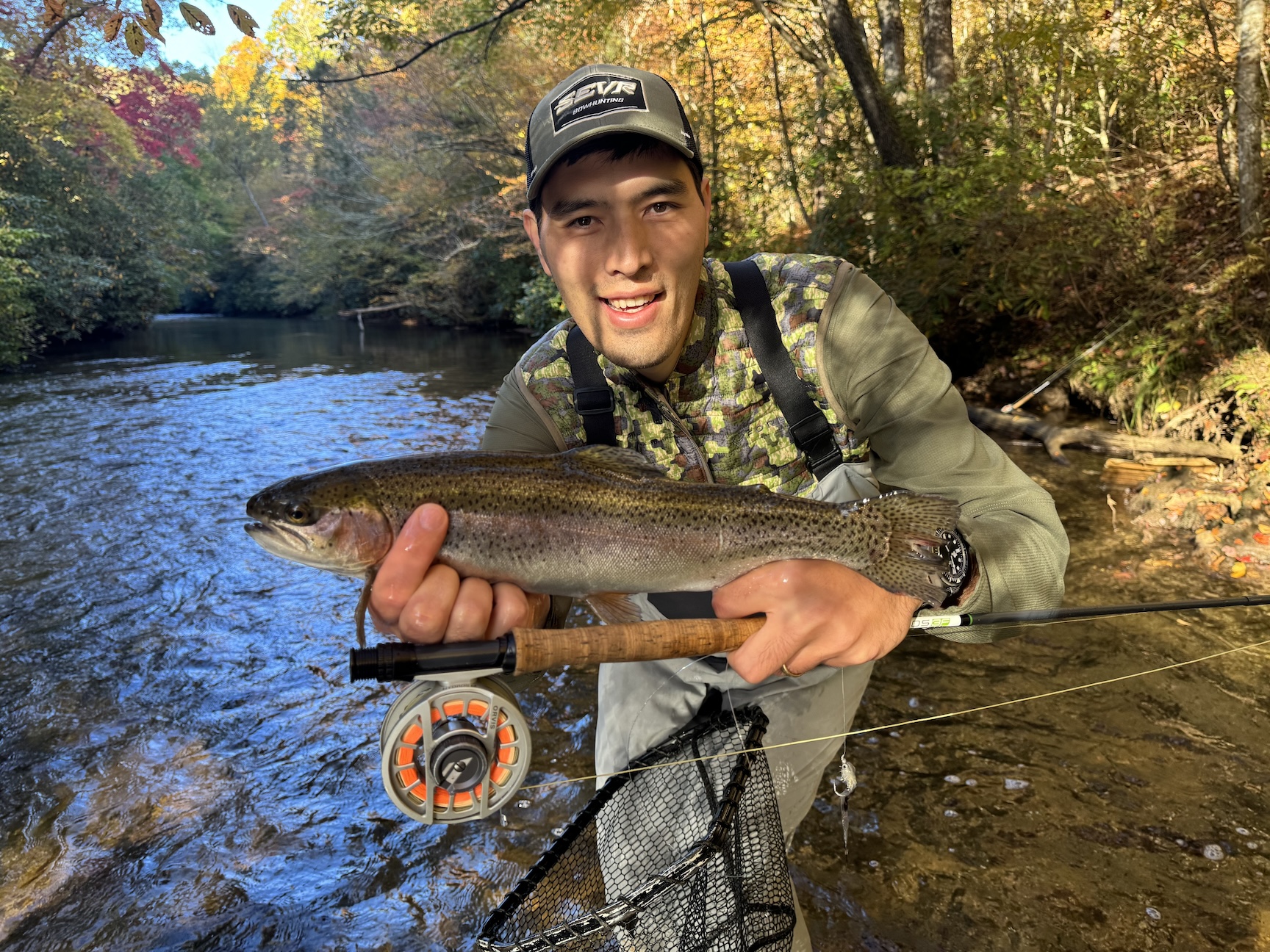
I’ve had a lot of down, wool, and synthetic vests, and they were often not warm enough or too bulky to be useful. The Forloh Merino High Loft Vest doesn’t make you feel like you’re wearing George’s ‘Gore-Tex’ jacket, and it’s a good insulator. I’ve worn in temps from the mid-30s to the upper 60s while bowhunting, fly fishing, and hiking with my family. While bowhunting, I appreciated that I didn’t hear any crinkling from the vest, and it did its job of keeping me warm. I also liked that it’s a mid layer that doesn’t add string-interfering bulk around my arms. While hiking and fly fishing, it helped regulate my temp while being active and was notably comfortable for a puffy. The fact that the entire vest is sourced and made in the USA is another bonus to a solid piece of gear. — Scott Einsmann, gear editor
How to Choose a Hunting Jacket
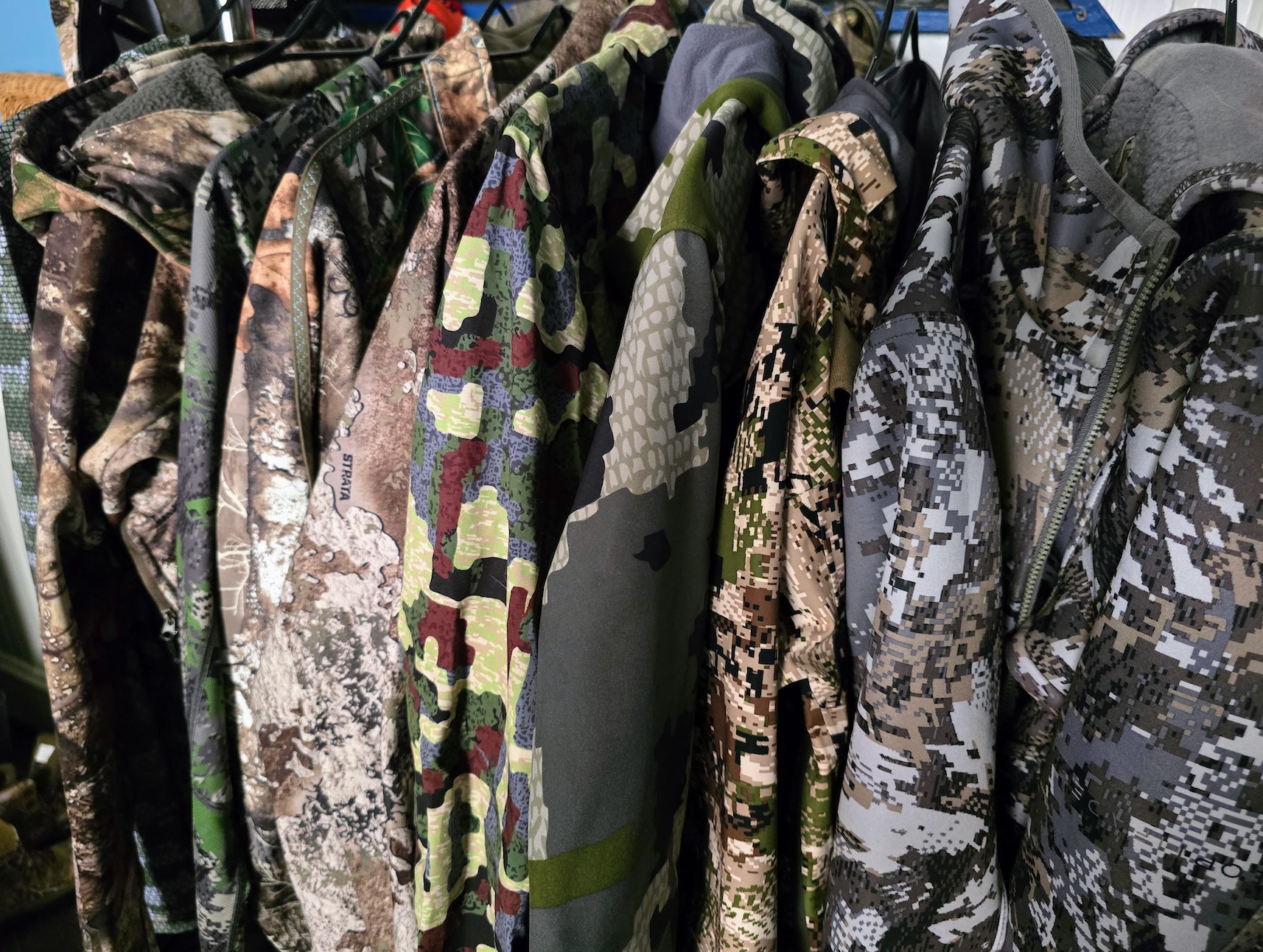
If you hunt a variety of game species in a bunch of different environments, you’re going to need more than one hunting jacket. But if you’re looking for one do-it-all jacket to get started, go with a water-resistant and windproof shell like the Kuiu Guide DCS or the Sitka Jetstream. With proper layering, jackets like these will suit you well in a wide range of temperatures and conditions. If you’re primarily a deer hunter, then prioritize quietness in the outer material and look at jackets like the Sitka Fanatic (for cold weather) and Ambient (for mild temps).
FAQs
When it comes to hunting clothing, several brands are well-known for designing and manufacturing high-quality products. Sitka Gear is renowned for its high-performance outdoor apparel, which features advanced technologies like GoreTex and Optifade camo patterns. Kuiu is also a popular brand focusing on ultralightweight, durable gear for backcountry hunting.
Whether or not expensive hunting clothing is right for you largely depends on how you hunt. If you hunt hard it extreme conditions, dropping the extra cash on high-quality gear is probably worth it. However, if you only hunt a few times a year, rarely wander far from the truck, and need to stick to a tight budget, you’ll be able to get by just fine with bargain gear.
When it comes to hunting in extreme cold, the warmest jackets are those designed with advanced insulation, weatherproofing, and hunting-specific features. Some of the warmest options on the market include Sitka’s Fanatic, Stone Glacier’s Grumman, and First Lite’s Uncompahgre jackets.
Final Thoughts on the Best Hunting Jackets
An investment in a quality hunting jacket is an investment in your hunting success. Being dry and comfortable will help you sit still and stay in the field longer. Successful hunting is often a numbers game. The longer you spend out there, the more likely you are to bag a limit of ducks or cross paths with a big buck or bull. If you’re a serious hunter, you’ll spend a good portion of your time in the hot sun as well as the rain and cold. Thankfully, a slew of first-rate jackets are on the market today designed to keep you in the field longer so you can punch those tags. All of the best hunting jackets on this list are designed to do just that.
- Best Overall: Kuiu Guide DCS Jacket
- Best Budget: Magellan Mesa 2.0 Softshell
- Best Puffy Jacket: Stone Glacier Grumman
- Best Light: Sitka Ambient
- Best Heavy Duty Rain Jacket: Grundens Neptune Jacket
- Best Breathable Rain Jacket: Forloh AllClima Rain Jacket
- Best Upland: Sitka Jetstream
- Best Late Season Whitetail: Sitka Fanatic
- Best Shell for Duck Hunting: Kuiu HD Flex Storm Shell
- Best Soft Shell: Kuiu Guide Pro
- Best Hoodie: Sitka Fanatic Hoody
- Best Vest: Forloh Merino High Loft
The post The Best Hunting Jackets of 2024, Chosen by the Editors appeared first on Outdoor Life.
Source: https://www.outdoorlife.com/gear/best-hunting-jackets/



